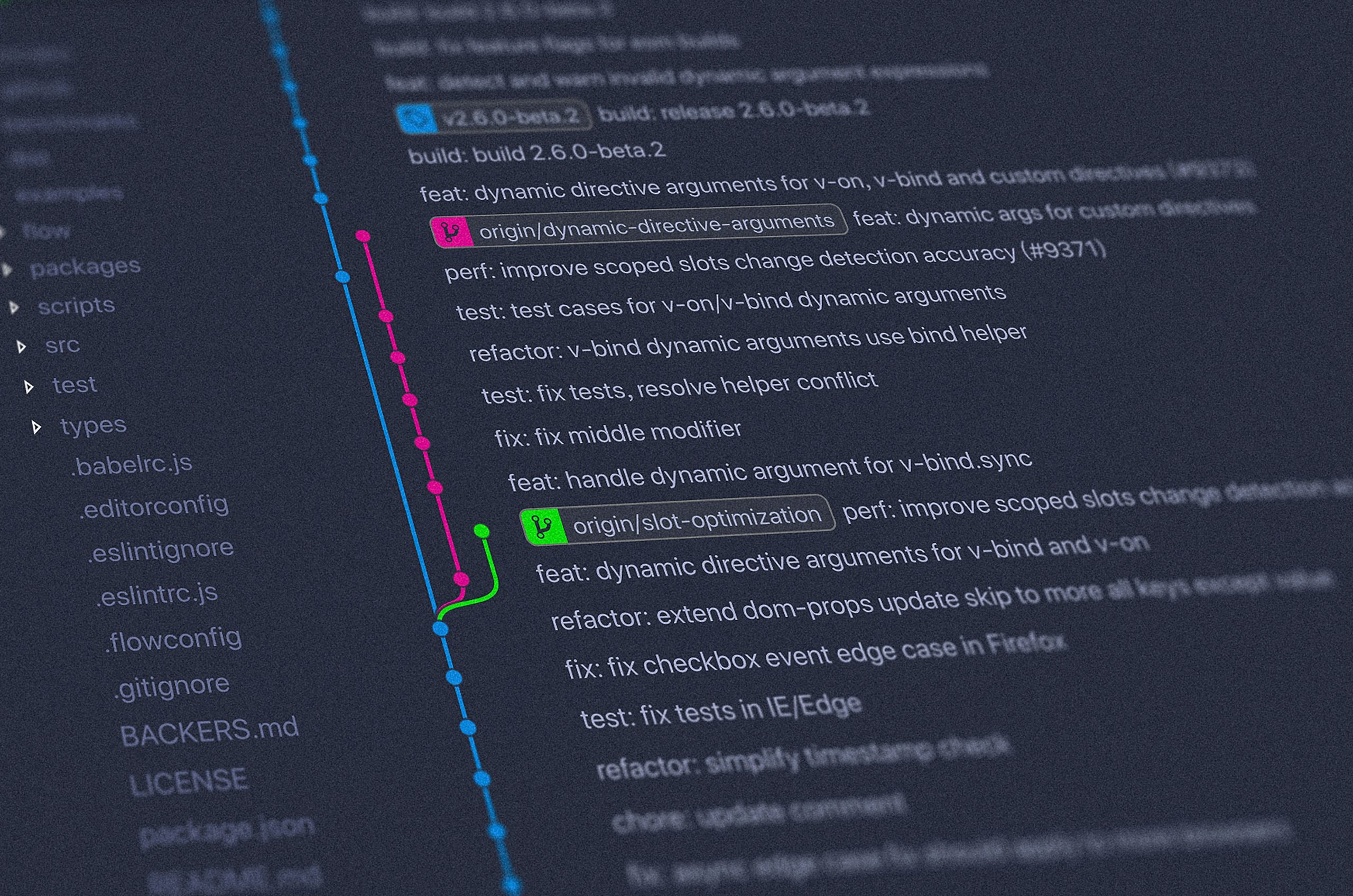What is HTML5? Understanding the Backbone of Modern Web Development
The digital realm is constantly evolving, and at the heart of this evolution lies HTML5, the fifth iteration of the Hypertext Markup Language, which is pivotal in rendering the web pages you see today. But, what is HTML5, and why is it so essential for modern web development?
The Core of HTML5
HTML5 is the latest version of HTML, designed to streamline web development, improve functionality, and support the latest multimedia elements effortlessly. Released in 2014 by the World Wide Web Consortium (W3C), HTML5 addresses the need for improved interaction and richer online content while maintaining a straightforward syntax.
Why is HTML5 Important?
HTML5 plays a crucial role in shaping how digital information is structured and displayed across devices and browsers. Here’s why it matters:
- Cross-Platform Compatibility: HTML5 is designed to function seamlessly across various devices, browsers, and operating systems, fostering a consistent user experience.
- Rich Multimedia Support: Unlike its predecessors, HTML5 natively supports audio and video playback, eliminating the need for additional plugins like Flash.
- Semantic Elements: By using semantic tags, HTML5 enhances meaning and structure in web documents, significantly improving accessibility and SEO.
Key Features of HTML5
HTML5 comes laden with features that set it apart from previous versions:
- Canvas Element: Facilitates dynamic, scriptable rendering of 2D shapes and bitmap images, opening doors for complex graphics and animations without third-party plugins.
- Improved Form Controls: New attributes like placeholders and input types (e.g., email, date) streamline form fillings, enhancing usability.
- Offline Storage: Local storage and indexed databases help web applications to store data locally, ensuring availability even without internet connectivity.
- Geolocation API: Empowers developers to create location-aware applications, significantly enriching user engagement through personalized content.
HTML5 in Modern Web Development
As digital content becomes more sophisticated, HTML5 proves essential in developing responsive websites and applications. Its extensive features support a range of multimedia content, facilitating enhanced user interaction without compromising speed or performance.
The Impact on SEO
Utilizing HTML5 correctly can significantly boost SEO efforts. Semantic tags help search engines better understand the structure and content of web pages, leading to improved ranking and visibility. Techniques such as clearer outlines and better-defined sections help provide a seamless crawl for search engines, improving page indexation.
Challenges of Implementing HTML5
Although HTML5 brings numerous advantages, it may present specific challenges:
- Backward Compatibility: Older browsers might not fully support all HTML5 features, necessitating various workarounds.
- Learning Curve: Developers accustomed to older versions may face a learning curve while adapting to new HTML5 specifications.
Conclusion: Why You Should Care About HTML5
In understanding what is HTML5, it becomes clear that it is not just a markup language but the backbone of versatile, future-proof web development. By offering enhanced performance, multimedia capabilities, and improved user experiences, HTML5 plays an indispensable role in crafting the immersive web. Both developers and users benefit from its implementation, making it a cornerstone of the digital world.
In the vast landscape of web development, HTML5 continues to evolve, shaping the future of how we engage with content online. Whether you’re a developer looking to maximize capabilities or a business aiming for better SEO results, adopting HTML5 is undoubtedly a step towards innovation.




